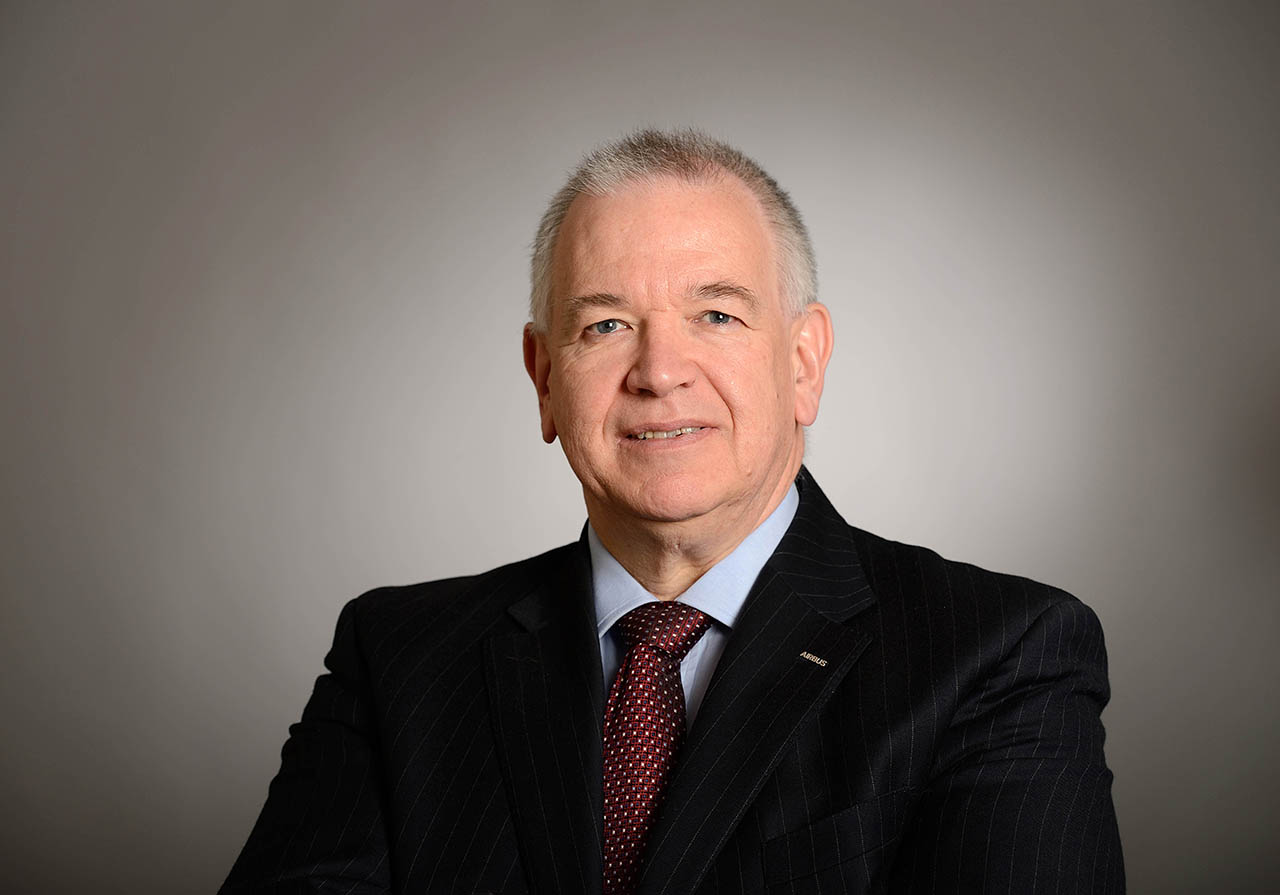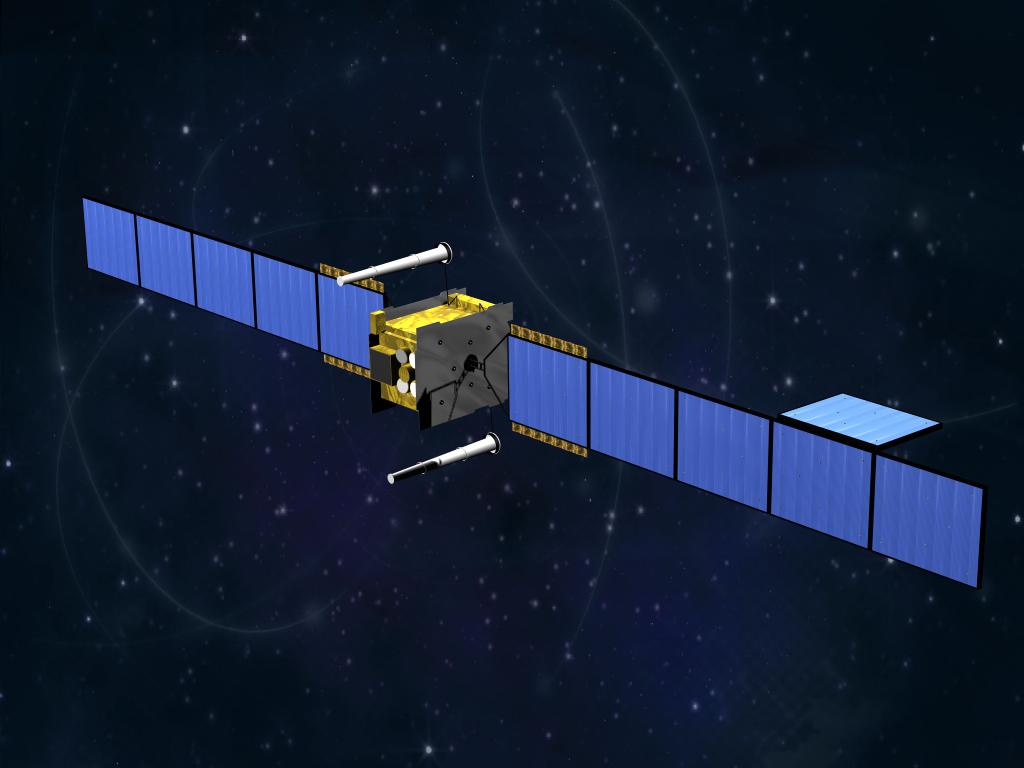space
Q&A: Airbus on the DSEI Space Hub
Airbus will exhibit at DSEI in September in the newly created Space Hub. Talal Husseini caught up with Airbus Defence and Space managing director Colin Paynter to find out how the Space Hub launch reflects the increasing value and importance of the space sector to the security and defence industry.

Artist rendering of the Orion spacecraft with Automated Transfer Vehicle. Image: NASA
At this year’s Defence and Security Equipment (DSEI) 2019, Airbus will showcase its new products in the Space Hub. The hub is a new addition to the event and reflects “the increasing importance of the space sector to the security and defence industry”, according to DSEI’s event director Grant Burgham.
The Space Hub is an opportunity for Airbus, and other companies including satellite operator GovSat, radio frequency and microwave specialist Arralis, and Ka-band communications firm Avanti, to demonstrate and discuss the latest capabilities, challenges and solutions arising within the military space sector.
In the UK, the space sector employs more than 40,000 people and generates a revenue of £4.8bn, according to a 2018 report from London Economics.
Airbus Defence and Space managing director Colin Paynter talked to Talal Husseini about the technologies the company would be demonstrating at DSEI’s Space Hub and the importance of Airbus space sector to the international security and defence industry.

Colin Paynter, managing director, Airbus Defence and Space
// Talal Husseini:
Can you tell us a bit about Airbus’s involvement in the DSEI Space Hub?
// Colin Paynter:
Airbus is the UK’s largest space company and also the leading player in Europe. So it is important that we showcase our capabilities in this year’s Space Hub at DSEI – not least as space is recognised as an increasingly important part of the defence and security landscape.
What technologies will Airbus be showcasing?
We will be featuring secure military satellite communications with Skynet 6, the follow on for the successful Skynet 5 programme for the UK Ministry of Defence (MOD), optical and radar Earth observation capabilities, space situational awareness, and even active space debris removal concepts.

The Skynet array of satellites used for military communications is currently operated by Airbus on behalf of the UK MOD. The £4bn contract for the latest Skynet 5 array, awarded in 2003, comprises four satellites.
How important is space to the defence and security sector?
Space has always been an integral part of the defence and security sector whether that’s the ability to communicate securely anywhere on Earth or being able to keep an eye on what is going on from orbit. More and more nations are now realising the value of space and are eager to develop their own space assets and capabilities. It is therefore vital that these elements of our critical national security infrastructure are protected and also developed to provide resilient and leading edge solutions.
Airbus delivered the Orion European Service Module (ESM) to NASA in November 2018. What is the significance of the Orion ESM and how will Airbus further collaborate with NASA on the Orion Spaceship project?
The Orion ESM is the first European supply of critical systems to the US Orion spacecraft and is built on the proven technologies developed by Airbus for the Automated Transfer Vehicle, the “space truck” that delivered fuel and supplies to the International Space Station. ESM will provide propulsion, power supply and life support systems to Orion – which will once again take humans beyond Earth orbit. We are currently integrating the second flight model of Orion ESM and are looking at future collaborations on human missions – but of course everyone is also focused on the first Orion flight scheduled for mid-2020.
How else has Airbus been growing its space business?
We have always been pioneers in the space business – whether that’s developing processed payloads for telecommunications satellites or very high resolution optical imaging spacecraft. That innovative spirit and willingness to design and bring new technologies to the market has helped us maintain a healthy position in the market. Space is a tough environment with spacecraft having to endure 200°C temperature swings, and high levels of radiation – so having a track record of reliability and resilience is also key.